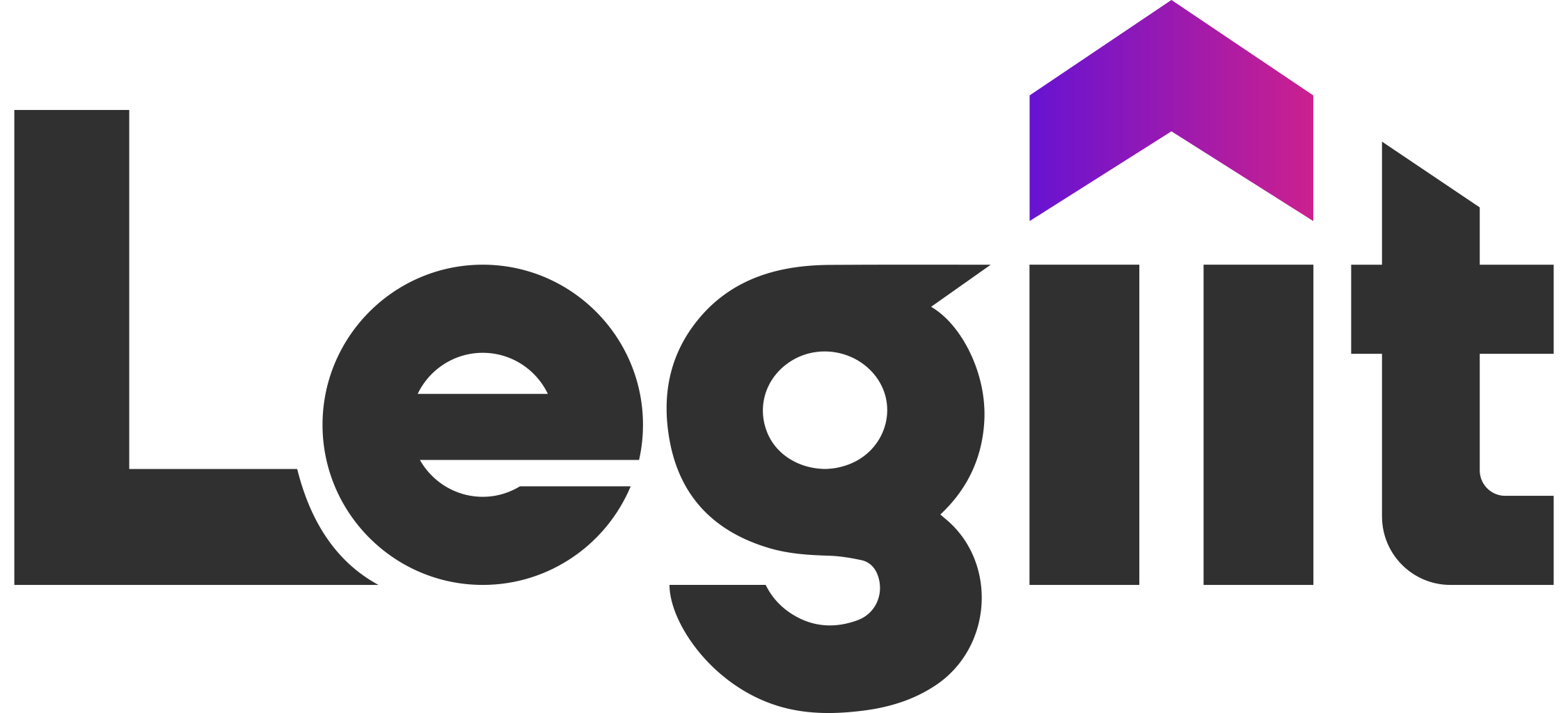Working with graphic designers can be tough in terms of finding a balance between expertise, reliability, and affordability all at the same time.
To work successfully with a graphic designer from pre-hiring to payoff, here are some essential tips on working with a graphic designer.
These have been compiled after research and survey to make it easy for you to succeed in your venture, even if you are an amateur at hiring freelance designers online.
How Do You Approach a Graphic Designer?

First things first. You need to find out a good graphic designer who is reliable and is worth your time and money.
The easiest way is to sit in front of your laptop and take advantage of technology.
You have the entire world at your fingertips. It means you can look for graphic designers all around the world. Hiring a designer online is a smart choice.
To find the best freelance graphic designer online, you need to log into a good platform that will bring both parties together. There are tons of websites out there that would cater to you. But are all of them good enough?
If you really need optimum results, the most reliable place where you can get your problem resolved is Legiit.
Legiit
Legiit is the leading online digital platform that brings together freelancers, service providers, and buyers. It connects you to the largest Facebook groups to access talented professionals and experienced designers. The services provided at Legiit are higher in quality than other platforms.

The platform features a support team for professional advice and guidance for any technical issues you might experience. Their official Facebook group has a very responsive team to address any problems being faced on the platform either by buyers or sellers. Legit is very cost-effective and secure. You can use the site as a buyer, seller, and affiliate. The transactions for payments are also simple and uncomplicated.
Moreover, the platform has strict and regularly updated ToS. Hence, there are no chances of being scammed. Legit has the most supportive Customer Care Service and team.
One thing that I bet you won’t find anywhere else is that the owner, founder, and CEO of the platform, Chris M. Walker, himself is easily accessible through their official Facebook group to guide you through the platform and to resolve any of your issues.
Tips for Working Effectively with Your Designer
Find Out What You Need First
Hiring just any designer for your graphic design assignment is a huge mistake. Graphic designers have various specializations to handle different kinds of graphic design. The designers that you would find are:
- Illustrators
- Technical designers
- Print designers
- Web designers
- Multimedia designers
The first step in choosing the perfect person for your graphic design job is to identify which of the above would be the most suitable for you. If you need to design digital content for websites, a web designer would be most befitting. They would cater to your web designing, coding, and branding needs online.
Designing offline content like magazines, books, and conventional marketing materials is a whole different genre. A print designer specializes in drafting visual content for flyers, brochures, display panaflex, newsletter or magazine layout, etc.
For a highly creative graphic design job like illustrations, digital animations, etc., you need experienced artists and illustrators. At the same time, multimedia designers should be approached for a job that requires skills in both the digital and the physical world.
If you are a creative soul and can direct your designer to add excellence to your project, you need someone good at following directions. However, if you are not that creative and would rely entirely on the designer to give you what you need, hire someone who could develop ideas and concepts through a creative process to give life to your project.
You should also know that revisions are very important to get the right design. Try to include more than two rounds of revisions in the designer’s fee and renegotiate the design process if they do not offer them.
Request the Designer’s Portfolio

It is important to look at a designer’s past projects to determine if they would be the most suited for the design you have in mind. If their past projects align with your style, it would be effective to hire them. This way, you wouldn’t be wasting much time explaining your vision for the project to them.
You might also find something that catches your eye. Their previous work could act as reference material to create a new personalized design.
Also, if both you and your designer are on the same page, there would be fewer revisions and refinement in the outcome of the job. It would save your design process time and your designer’s time as well.
Give Accurate Instructions for Designing
Before you hand in the instructions and material of your project to the designer, check it thoroughly multiple times. It would cost you more if the designer completed his job, but the information you provided was unedited or incomplete.
It would lead to more revisions which could frustrate the designer. Even the best designers won’t be able to give you exactly what you are looking for if you won’t provide accurate instructions. Visual examples and a clear design brief will give a clear idea to your designer.
By checking and rechecking your design instructions before submitting it for designing, you could save time and effort that goes into unnecessary revisions.
You May Also Like: Tasks You Should Outsource on Legiit
Include a Written Brief for the Designer
A written brief should be prepared that could describe the project’s vision and the expected outcome. It sets the tone for the hired help to work on. Also, this brief should be clear and not open-ended. Otherwise, it would be difficult for the designer to understand what you want in your graphic design.
Include key features of your design in your brief including the persona of your target audience. It would give the whole idea about your design needs to the designer. Also, consider the reaction of the viewers after viewing your design and include it in your brief.
Another important factor to provide in writing is the mode of deliverables. The final copy of your design is an asset that you own. Ask for multiple copies in various formats to easily be redesigned in the future.
If there’s something out there that you do not like, include a link for your designer so that he would know which waters to avoid.
See the Big Picture Before Choosing a Design
If you fall in love with a particular design, do not rush to approve it for your project. It is essential to see the whole picture. For this, determine the place where this design would be displayed and imagine it in the context and environment in which it would be displayed.
Sometimes, this happens that a design by itself looks amazing, but it becomes another story when it is demonstrated in context with the elements of its environment. The surrounding competition can make it dull and vague. Seeing visual examples will help you have a clear picture of the final product.
In addition, the whole picture includes your target audience. Who would be viewing your design and where? How would you want them to interact with it? These are important questions that you should be asking yourself and clarifying to your designer.
Set Milestones and Deadlines with Your Designer
Designing is not everyone’s cup of tea. Remember that you and your designer have to go through several revisions. Therefore, set milestones and deadlines and keep margins for revision. If you fail to do so, your relationship with your designer may suffer.
What seems a small revision might be an entirely tiresome process for your designer. It is unwise to rush revisions. Working beforehand to set comfortable deadlines for both parties would make the job effective.
Be Aware of Design Language

It would be best to do some prior research to know some important terms in the design language. You do not need a designer’s degree to learn some new terminology. This way, you would easily be able to communicate effectively with your designer and leave an impression on them.
Here is a list of some important design terminology that would be very helpful to you:
- Terminology for the color scheme includes warm for reds and yellows, cool for blues and greens. Color schemes can be monochromatic or polychromatic. The intensity of the color scheme means it is saturated, iridescent, transparent, or tinted.
- Terminology for composition includes two- dimensional, three-dimensional, illustration-based, photograph-based, shallow, deep, open, close, foreground, middle ground, etc.
- Design mood terminology includes excited, calm and serene, stoic, sentimental, eclectic, conservative, etc.
- Design shape terminology includes geometric, linear, heavy, and light.
- Design texture terminology includes sandy, smooth, groovy, metallic, leathery, prickly, etc.
- Terminology for design topography includes bold, italic, serif, sans serif, caps, and lowercase.
Constructive Criticism Gives Positive Results
Always remember that good feedback will help you get the best results. If you expect perfection, provide feedback that will keep the designer encouraged to give you a better outcome in every upcoming milestone.
Conclusion
Finding graphic designers is not that difficult. However, you should make sure that the platform you choose is reliable and legitimate, as the success of your project depends on it. People have often gotten scammed, so choosing the right platform makes your job half-done for you.
Once you are done with the selection of a good designer, the starting point of your entire project is to analyze your design needs. Move ahead by providing examples and images, discuss the main point of your company, and the main components and ideas to give the hired help a clear vision of exactly what you want in the final piece of work.
Also Popular: How To Blow Up on Instagram








 Download
Download